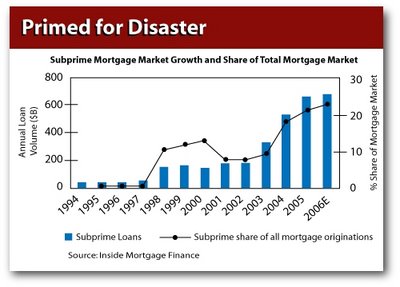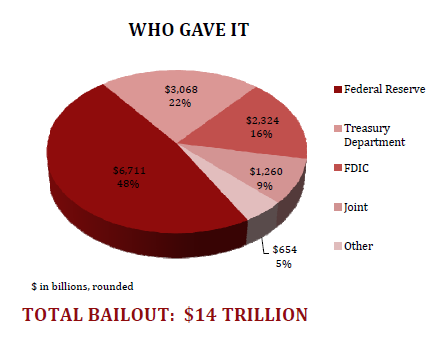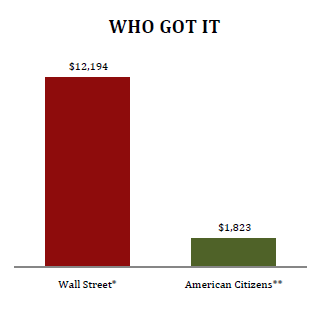Manias, implosions, and financial disasters – the unsustainable nature of our current debt based financial system.
- 1 Comment
Trying to induce inflation to reduce accumulated debt is not a modern invention. Dr. Carmen Reinhart and Dr. Kenneth Rogoff trace this kind of financial crisis and others back to the Dionysius of Syracuse during the 4th century. The debasement of currency also occurred in the Roman empire and Byzantine empire and as usual printing money or devaluing your own currency does not usually lead to beneficial outcomes if we are to use history as any guide. We need to be upfront about what is going on here and that is the globe is reaching a peak debt situation. Think of the recent problems we have seen in Iceland, Ireland, and Greece. Yet these are simply tips of the visible iceberg of financial mania in our current system. Europe has many issues to contend with especially when looking at Spain, Italy, and Portugal. Here in the U.S. the Federal Reserve and U.S. Treasury are doing everything they can to ignore the reality of our current situation. Politicians are unable to make the hard choices and bankers simply want to extract productivity from the working classes. Our current predicament is not unusual in the books of history but the size and global interconnectedness is.
A history of manias and speculation
Source:Â Extraordinary Popular Delusions and the Madness of Crowds; Charles Mackay 1841/1852
Speculation is inherent in most financial panics. The above picture is from the South Sea Bubble of 1720 where investors speculated in South America. This was largely concentrated in the United Kingdom but had a parallel event with the Mississippi Bubble that concentrated speculation in France. Bubbles seem to spread so it is no surprise that Europe was whipped up in frenzy and when the bubble popped, the economies crashed and many were left in financial ruin. In both cases investments were exaggerated in value and many people got sucked into the desire for a quick buck. Banks like the Banque Générale Privée were more than happy to allow the speculation to continue. We can find many parallels in our banking system and how it was central to the U.S. real estate bubble.
Let us rewind and look at the massive viral like expansion of subprime debt for example:
Source:Â Inside Mortgage Finance
How is it possible that with historically low 30 year fixed mortgage rates that subprime loans were pushed onto the general public? As we now painfully know, many of these loans were aggressively pushed by mortgage brokers with the nudging of Wall Street to mostly poor working class Americans when either a more suitable 30 year conventional mortgage would have sufficed or frankly no mortgage at all because low income or no savings were even present as a buffer. Yet bubbles bring out the charlatans in every society. It is no slight irony that John Law, the Scottish economist was also a gambler and had the amazing ability to compute complex mathematical equations all in his head. He was also at the heart of the Mississippi Bubble that imploded wonderfully. Unlike a system of calculus or physics we find that economics tends to bend to the will of those in power. Wall Street hires economists that tend to favor their best outcomes even if bias is strewn all through the data. The fact that we are now living in the deepest economic crisis should tell us something about the power of the financial system we now have in place.
Imploding the financial system
Economic crisis and bubbles seem to happen all the time if we look close enough:
-1637:Â Tulip Mania (Netherlands)
-1720: South Sea and Mississippi (Great Britain and France)
-1792:Â Panic
-1813:Â Danish state bankruptcy declared
-1837:Â Deep US economic recession with bank failures followed by a 5 year depression
-1873:Â Known as Long Depression; 5 year depression
And more recently:
-1990:Â Japanese asset and stock market bubbles
-1994:Â Mexico economic crisis
-1997:Â Asian financial crisis
-2001:Â Bursting of dot-com bubble
-2007/present:Â bursting of real estate bubble and global debt bubble
What can we learn from the above? We have yet to find a system that has rubbed out major financial panics. It is embedded in our current financial engineering for these things to occur. The issue of course is when these panics hit do we tweak the system to improve it or do we simply reinforce the underlying foundation to make things worse? In this crisis we have merely handed over trillions of dollars to the principal architects of the crisis with no reforms or dramatic changes to our system. The data is rather compelling:
Source:Â Â It Takes a Pillage
I wonder how history will remember this financial crisis ten years from now. If things remain the same, historians will wonder how a society allowed a financial industry to simply raid their savings accounts and steal their productivity and then have the gall to request a taxpayer bailout for a mess they largely created. In a free market system (which we do not have contrary to banking mythology) the higher the risk you take, the more reward you can garner. Fail, and you can lose and even lose it all. The American public has lost a large amount in this crisis. Many have now lost the prospect of being able to afford for a good college education without going into debt servitude or having reasonably priced healthcare. Many have lost accessible industries that would provide a middle class lifestyle like that enjoyed from the previous generation. Many have paid dearly by losing their homes through foreclosure, seeing their savings dwindle to nothing, and facing rising costs even though we are told that inflation is controlled. Banks on the other hand have paid very little for this crisis and in fact the too big to fail have become even bigger and more powerful. Instead of failing as necessary they deemed it sufficient to use their political connections to maneuver massive bailouts that simply transferred wealth from the bottom right up to the top.
Charles Kindleberger sums it up best when he states:
“Asset price bubbles in major industrial countries are rare; the previous bubble in the United States had been in the late 1920s. Japan had never had an asset price bubble before and neither had the Asian countries. A bubble in six or eight countries at the same time is an extraordinary phenomenon; nothing like it had ever happened before. But then four distinct asset price bubbles in a fifteen-year period was also unprecedented.â€
The above was written in 2005 from an expert on manias and panics. How many countries had asset bubbles this time? Let us see if we can beat four asset bubbles at once with this crisis:
Real estate bubbles in:
-United States (popped)
-Spain (popped)
-Ireland (popped)
-Britain (popping)
-Australia (popping)
-Canada (peaked – will pop)
-China (peaking – will pop)
Looks like we are going to rewrite the history on major panics with this financial crisis but let us hope we can learn lessons that develop a stronger system in place instead of allowing a systematic looting of financial wealth from the population.
If you enjoyed this post click here to subscribe to a complete feed and stay up to date with today’s challenging market!1 Comments on this post
Trackbacks
-
Tom Baxter said:
While there’s a lot of truth about the cause the current depression, but the residential and commercial real estate bust wasn’t really it.
Of course, the real estate bubble had a boost in collateralized debt obligations which is how Wall Street kept pushing cash push on them from the Fed, to mortgage lenders,
It was the trillions? quadrillions? of credit default swaps based on CDOs that opened the pit.
Certainly the world economy would have stumbled of the loss of a trillion or two, but it broke a leg on dozens of trillions of CDSs and can’t get up.July 17th, 2011 at 8:50 pm




 If you enjoyed this post click here to subscribe to a complete feed and stay up to date with today’s challenging market!
If you enjoyed this post click here to subscribe to a complete feed and stay up to date with today’s challenging market!